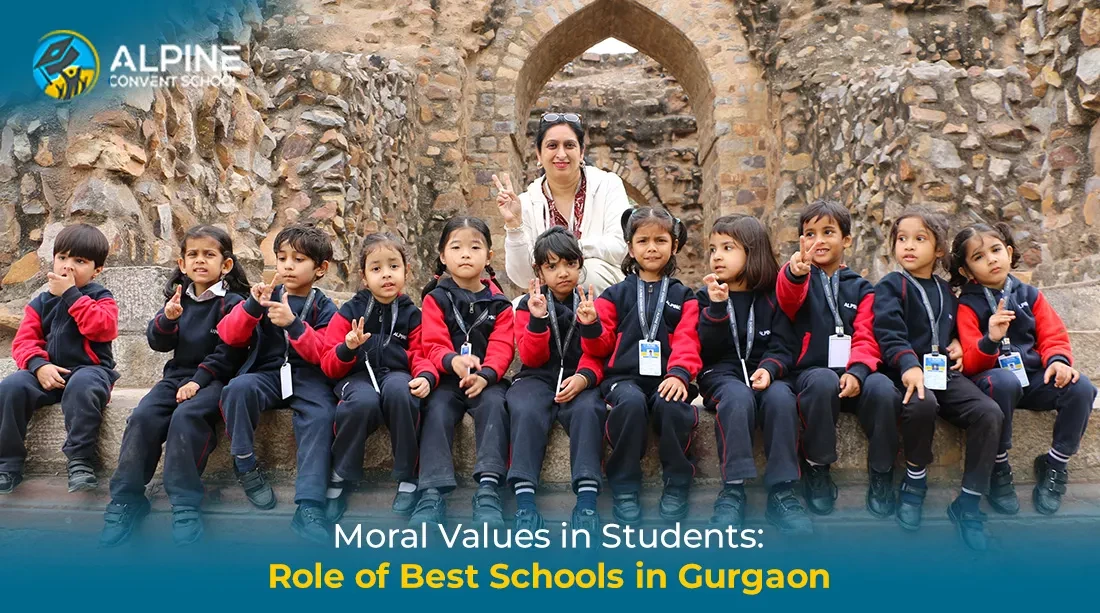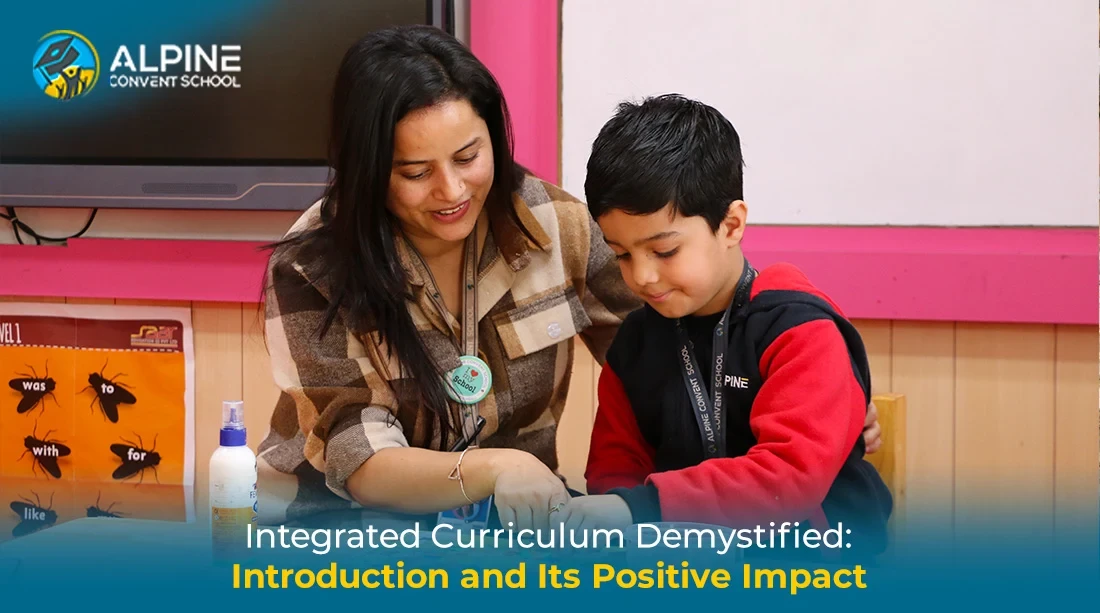
03 January, 2020
It is only natural to assume that, just like any other educational parameter, assessment must have also evolved to have taken a modern shape. The process of setting students questions periodically to test their knowledge and grading them accordingly is undoubtedly conventional. Not that it should be phased out, but the current times demand a more futuristic approach and that is where the concept of collaborative assessment holds importance. Almost all professional processes today are collaborative in nature. The present workforce is not only expected to work in a group but also thrive in it. Thus, if this reason is the driving factor of collaborative learning in the Best Schools in Gurgaon, it only serves that the assessment in these institutes be collaborative as well.
What is a collaborative assessment?
As the moniker goes, collaborative assessment is the type of assessment where more than one individual or group get together to assess the performance and knowledge consumption of students. The collaboration can happen among teachers of the same school, different branches of the same school, different schools, and even the involved students. Evidently, when more than one mind contributes their perspectives to the assessment, the grading is more inclusive and in-depth. Individual biases are removed. The benchmark is higher. And the assessment becomes more than just about grades. With collaborative assessment, both students and teachers can benefit in their own ways. Feedback naturally becomes bidirectional and the right parameters start getting judged.
How can collaborative assessment take place?
Technology has truly removed the physical distance factor in human collaboration. People can interact and communicate more freely today. The top schools in gurgaon take advantage of this aspect of modern evolution to facilitate collaborative assessment and effectively evaluate the progress of their students. Within the spheres of possible collaboration, schools can make way for assessment in the following manners.
Schools with more than one branch have this benefit of allowing a guest teacher to, at times, come in and teach a subject. Every teacher has their own unique method of delivering a lesson. When students get exposed to more than one faculty, they naturally receive a broader scope of learning the subject. And when two teachers can team up to teach a class, they can also work together to assess the students there and grade with a diverse mindset. One teacher may focus on the subject knowledge of students. The other may bring in the skill development aspect. Either way, the students will benefit due to the mix of two important ingredients in their assessment.
During an assessment, instead of bearing the responsibility individually, teachers can evaluate together and work in a group over the internet. Assignments can be sent for re-evaluation through emails. Topics of project-based exams can be decided by discussing over social media. And the best part of using technology to assess is that the teacher’s boundary of collaboration is not restricted to one or a few schools. The educator can truly go global. He/she can learn a teaching method from an educator in another country and apply that in the classroom in a collaborative manner with this new mentor.
This parameter closes the loop of collaborative assessment which makes it so effective. Collaboration involves the students as well. Children can learn so much from each other. Through group studying and projects, students can share feedback in the group, motivate one another to work on their weaknesses, identify contributions in the teamwork, or even mark class test sheets. Collaborative assessment in the sphere of students only has dual benefits. A student assessing another is actually helping that peer to pinpoint his/her rights and wrongs, and consequently, the student is also picking up the skills that he/she feels may be lacking in him/her. Any group activity where the teacher delegates the evaluation to the students can lead to collaborative assessment. However, some extent of supervision will still be required.
Thus, assessment can be a collaborative process
And even the Top 10 Schools in gurgaon will follow this structure merely owing to its underlying benefits. The Alpine Convent School is one such institute where along with learning, assessment is collaborative as well. Alpine has the advantage of multiple branches. Plus, the teachers hold a progressive attitude and are always on the lookout to bring in the best mix of lessons in the Alpine classrooms from all around the globe. Collaborative assessment does away with the drawbacks of the conventional method, as is very much required. Today, the need is of overall development and only collaborative assessment can facilitate that.





Get first-hand information on the top school in Gurgaon - Alpine Convent